
Spring 2020 ForestLife
Safeguarding California’s water supply, the natural way
CALIFORNIA IS IN A DROUGHT, AGAIN. RESTORING OUR WATERSHED INFRASTRUCTURE TO IMPROVE WATER SECURITY IS COST-EFFECTIVE AND HAS MANY CO-BENEFITS—HERE’S HOW WE CAN DO IT
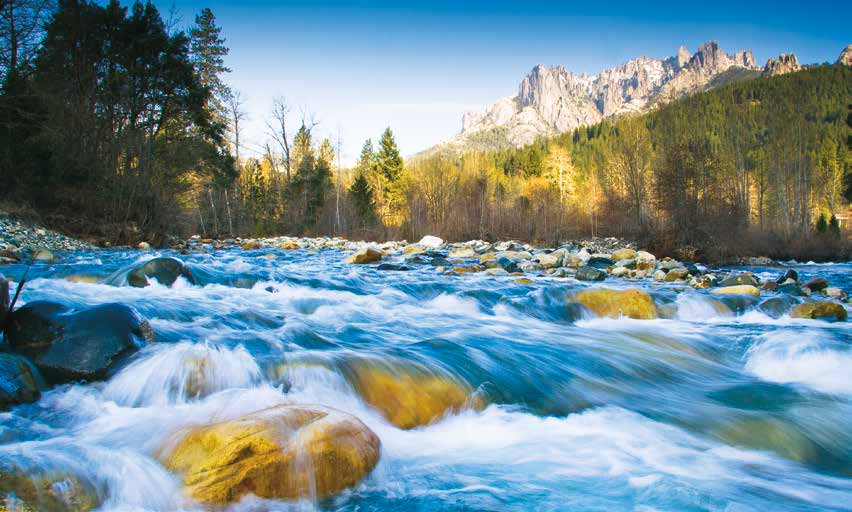 California’s water security is deeply threatened by the uncertainties of climate change. While water seems to come from a dam, it comes to the dam from the encircling forested watersheds. In fact, five watersheds in northern California supply the very large majority of the state’s drinking and irrigated agricultural water, as well as more than 80% of the fresh water for San Francisco Bay. More than 28 million people in California and millions of acres of agriculture receive water from these sources; it originates as water and snowmelt flowing from the volcanoes of the Southern Cascade, the Northern Sierra, and the Trinity Mountains.
California’s water security is deeply threatened by the uncertainties of climate change. While water seems to come from a dam, it comes to the dam from the encircling forested watersheds. In fact, five watersheds in northern California supply the very large majority of the state’s drinking and irrigated agricultural water, as well as more than 80% of the fresh water for San Francisco Bay. More than 28 million people in California and millions of acres of agriculture receive water from these sources; it originates as water and snowmelt flowing from the volcanoes of the Southern Cascade, the Northern Sierra, and the Trinity Mountains.
These key source watersheds are increasingly vulnerable to uncharacteristically intense and tragic fire, extreme rain events, drought, fragmentation, and pests. The impacts of all of these are exacerbated by the effects of climate change. As California becomes warmer and drier overall, and its population is projected to hit 50 million by 2050, demand for this water will only increase.
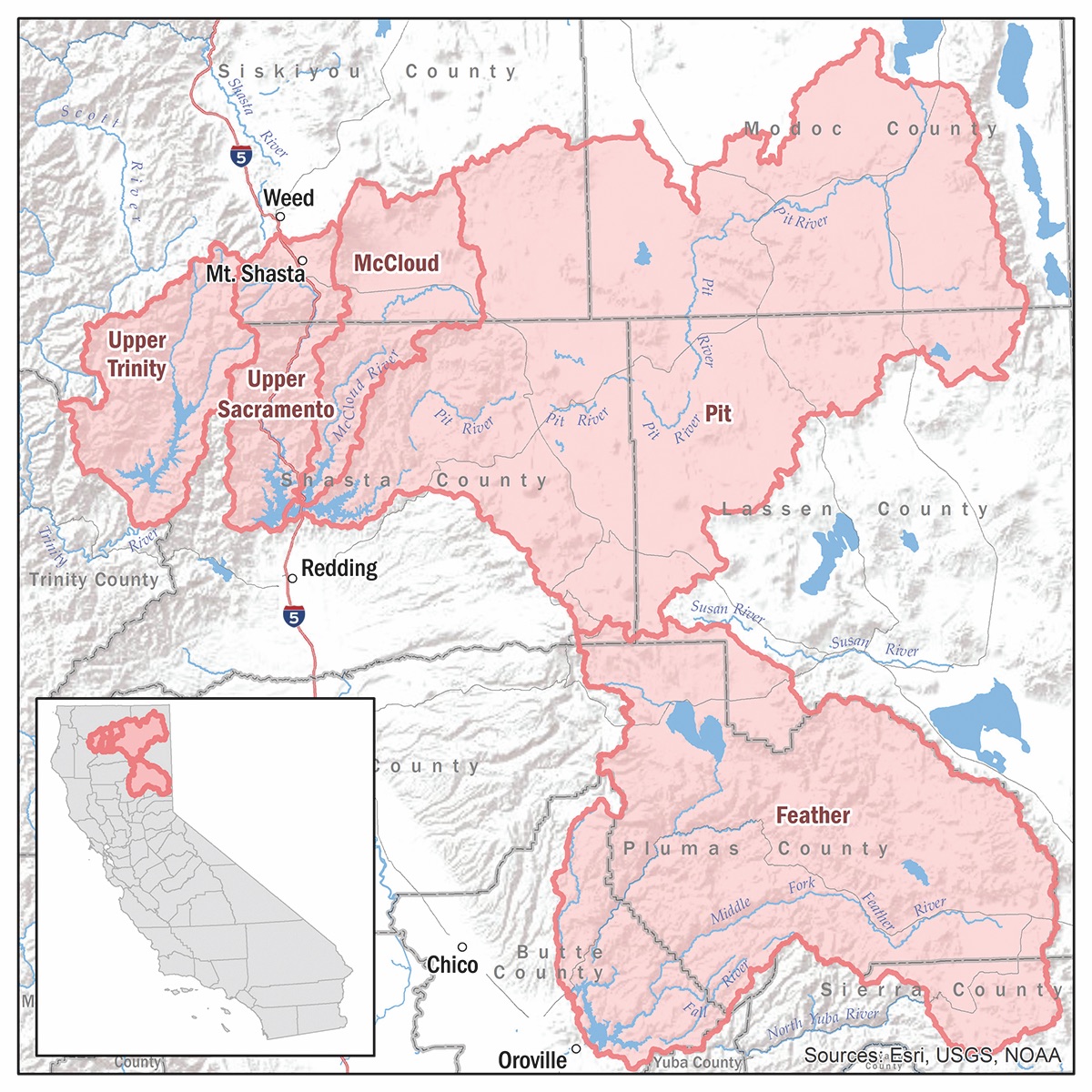
The five key source watersheds
Neither new dams nor improving other built infrastructure alone can solve this problem. The state must invest in its natural water infrastructure. Multiple studies have shown that restoring and conserving these key source watersheds will not only improve the security and reliability of the state’s water supply; it will also restore forests to reduce intense fire risk, increase resilient carbon storage, buffer the climate impacts of more extreme storms and droughts, and promote adaptation and rural economic sustainability. However, investments in our watersheds have been sporadic at best. A more comprehensive, integrated, and large scale effort will have major benefits for the state.
PFT’s Healthy Watersheds California program is working to ensure California adopts a new landscape-scale, watershed-wide approach to allow for the efficient and cost-effective assembling of resources: human, institutional, and financial. To implement this, Assemblymember Richard Bloom has introduced AB 2693 to identify and coordinate investments in this vital watershed region. It would, through a new Watershed Restoration Administration (WRA):
- Establish a comprehensive implementation plan for restoration and conservation to simultaneously benefit watershed function, wildlife habitat, and climate resilience.
- Create a Steering Committee of regulatory agencies responsible for implementing the plan, as well as an Advisory and Coordination Group comprised of federal and state partners, landowners, tribes, local governments, and experts.
- Administer, aggregate, and coordinate funds from multiple sources (state and federal programs) and make directed grants consistent with the implementation plan.
- Provide an accessible public platform for transparency around progress completing the plan.
This framework builds on and accelerates efforts already underway from AB 2551 (Wood, 2018) and AB 2480 (Bloom, 2016). The WRA can serve as a pilot project for coordinating and leveraging other state efforts, and also demonstrate how to work at the scale needed, moving beyond a reactive, project-by project approach to one that is comprehensive, strategic and synergistic.
The WRA would be a pioneering and innovative way to use the proven approach typical of large-scale infrastructure projects, but applied here to the restoration and maintenance of the state’s “green infrastructure.” This focused initiative would support thousands of family-wage jobs, promoting rural economic development in a region suffering from some of the highest unemployment rates and greatest income inequality in California and nationwide. It would also deliver more water results (in terms of inflow, storage, and flood reduction) and co-benefits (from fire risk reduction to improved water timing to wildlife adaptation) than any other single water infrastructure project currently proposed in the state, and would do so more cost-effectively.
“Ensuring that California has reliable sources of agricultural and drinking water is of critical importance statewide,” notes bill author Assemblymember Richard Bloom. “AB 2693 will facilitate the conservation and restoration of our natural infrastructure, which is the most cost-effective approach to protecting our water supply.” We must act now to protect California’s water, forests, and communities.
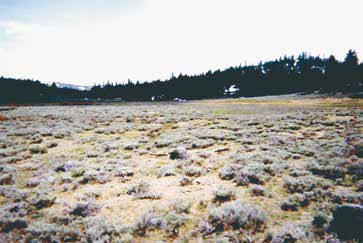
2001
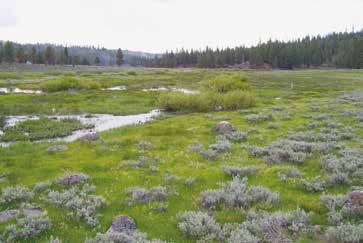
2005
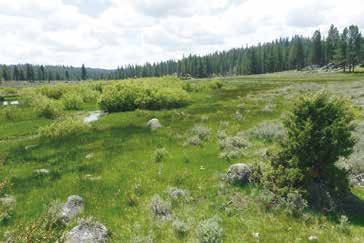
2017
Watershed restoration projects have lasting benefits for water security. This series of photos shows the result of restoration work done by Plumas Corporation, a key partner for PFT, at Clarks Creek in the Plumas National Forest. Clarks Creek is in the Feather River watershed, which supplies the Oroville Dam and is key to California’s water security. AB 2693 would facilitate and expand such work.
More in this Issue of ForestLife
- President’s Letter
- Meet Pacific Forest Trust’s Valuable Volunteers
- For love of the land and heritage: Phillips Family Tree Farm
- Governor’s historic Executive Order moves Oregon forward on climate
- Growing our alliance for forests & water
- Forest carbon offsets: making a difference now and in the long run
- Rising from the ashes: restoration at Yosemite
- Safeguarding California’s water supply, the natural way
- 2019 Annual Report
